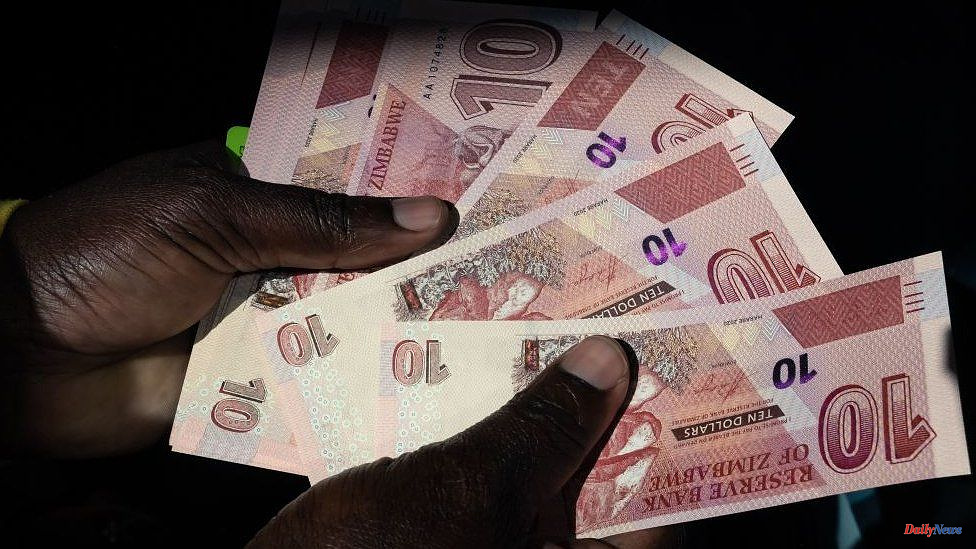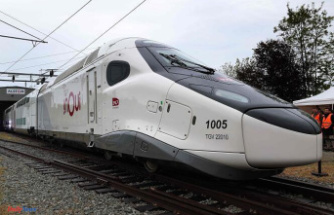Zimbabwe announces it will soon introduce gold coins as it attempts to reduce inflation and a slump in its currency.
The central bank of the country also announced plans to legalize the US dollar for five years.
After the inflation rate rose to above 190%, the central bank's main rate of interest was more than doubled to 200% this month.
This year, Zimbabwe's dollar has fallen in value against other major currencies.
John P Mangudya (the governor of the Reserve Bank of Zimbabwe) stated that the gold coins will contain one troy-ounce of 22 carat gold and will be available starting 25 July.
One troy ounce, a measure that is used to weigh precious metals such as gold and silver, dates back to the Middle Ages. One troy ounce equals 31.10g.
"The public will be able to purchase gold coins in local currency as well as US dollars and other foreign currency at a price that is based on the current international gold price and cost production," Mr Mangudya said.
It was also stated that each coin would be identified by a serial number, and can easily be converted into cash locally or internationally.
It will be known as the "Mosioa-Tunya Gold Coin", meaning "The Smoke Which Thunders", a reference to Victoria Falls, which is situated on the border of Zimbabwe and Zambia.
This announcement is part the Zimbabwe government's efforts to address the country's current currency crisis.
The annual inflation rate in Zimbabwe was 191.6% last month. Since the beginning of 2022, Zimbabwe's dollar has lost over two-thirds of it value to the US dollar.
In an attempt to address the rising cost of living, the Reserve Bank of Zimbabwe raised the main interest rate from 80% to 2000% per year starting 1 July.
In a country still reeling from the economic chaos of Robert Mugabe's nearly four-decade rule, rising inflation has put pressure on President Emmerson Mnangagwa.
In 2009, hyperinflation caused Zimbabwe to abandon its Zimbabwe dollar and instead chose to use foreign currencies, most notably the US dollar.
The government did not publish official inflation figures during the worst crisis, but one estimate placed the inflation rate at 89.7 percent annually in mid-November 2008.
The one-hundred billion Zimbabwe dollar banknote was at the time an emblem of Zimbabwe's economic collapse.
Although the local currency was reinstated a decade later, its value has quickly declined again.












